The Efficacy of Low-Level Laser Therapy in Treating Sports Injuries
Low-Level Laser Therapy (LLLT), commonly referred to as red light therapy, has been a staple in sports medicine for many years, demonstrating positive outcomes in the management of different sports-related injuries. Over the past three decades, a multitude of medical facilities have integrated LLLT into their treatment protocols, observing notable enhancements in patient recovery. Despite its prevalent use, there is a scarcity of thorough research studies investigating its effectiveness. This piece aims to provide insight into the efficacy of LLLT in addressing sports injuries, specifically highlighting its benefits in conditions such as jumper's knee, tennis elbow, and Achilles tendinitis.
Understanding Low-Level Laser Therapy
Low-Level Laser Therapy is a treatment method that involves the use of low-intensity lasers on specific areas of the body to enhance cellular function and support the healing process. By penetrating the skin and reaching the mitochondria, this therapy increases ATP production and reduces oxidative stress. As a result, tissue repair is accelerated, inflammation is minimized, and pain is alleviated, making it an effective treatment for acute and chronic sports injuries.
Clinical Evidence Supporting LLLT
A recent study conducted on 41 patients who received Low-Level Laser Therapy (LLLT) for various sports injuries has provided valuable insights into the effectiveness of this treatment. The study included 22 men and 19 women, with an average age of 38.9 years. The patients underwent treatment using a diode laser, targeting the points of pain and/or acupuncture points. On average, each patient received up to 10 treatment sessions, with an average of 4.1 sessions per patient. The efficacy of the treatment was assessed using a Pain Relief Score (PRS), where scores ranging from 2 to 5 indicated very good results, 6 to 8 indicated good results, and 9 to 10 indicated poor results. A PRS score of less than 5 was considered effective. The study revealed an overall effectiveness rate of 65.9% among the patients.
Effectiveness for Specific Conditions
The research emphasized an exceptionally elevated level of efficacy for certain ailments like jumper's knee, tennis elbow, and Achilles tendinitis. Individuals suffering from these conditions exhibited notable advancements, emphasizing the potential of LLLT as a primary therapeutic approach in the field of sports medicine.
Why Choose Portable Red Light Therapy Devices?
Prungo specializes in the creation of cutting-edge portable devices that provide athletes and individuals with the convenience and effectiveness of red light therapy in the comfort of their own homes. Our advanced devices are meticulously designed to deliver accurate doses of red light therapy, guaranteeing the best possible therapeutic results. With user-friendly features, our devices are accessible to all, regardless of their level of technological expertise.
Advantages of Portable LLLT Devices
- Non-Invasive and Drug-Free: LLLT offers a non-invasive, drug-free alternative to traditional pain management methods, reducing the risk of side effects and dependency.
- Enhanced Healing and Recovery: By stimulating cellular repair and reducing inflammation, LLLT accelerates healing and recovery times for sports injuries.
- Convenience and Accessibility: Portable devices allow users to undergo treatment in the comfort of their own homes, ensuring consistent and convenient therapy sessions.
- Cost-Effective: Over time, using a portable red light therapy device can be more cost-effective than continuous clinical visits and medication.
Best Practices for Using Portable LLLT Devices
To maximize the benefits of portable red light therapy devices, users should:
- Follow Manufacturer Guidelines: Adhering to the device's instructions ensures safe and effective use.
- Consistent Use: Regular therapy sessions are crucial for achieving significant pain relief and recovery.
- Targeted Application: Applying the therapy to specific points of pain or acupuncture points can enhance effectiveness.
- Monitor Progress: Keeping track of pain levels and recovery progress helps in adjusting the treatment plan as needed.
Conclusion
Low-Level Laser Therapy is a well-established method for treating sports injuries, especially for ailments such as jumper's knee, tennis elbow, and Achilles tendinitis. The portability and effectiveness of red light therapy devices make them a great choice for athletes and individuals looking to alleviate pain and speed up the healing process in the comfort of their own homes. Prungo is dedicated to offering cutting-edge red light therapy devices that enable users to proactively manage their well-being and recovery.


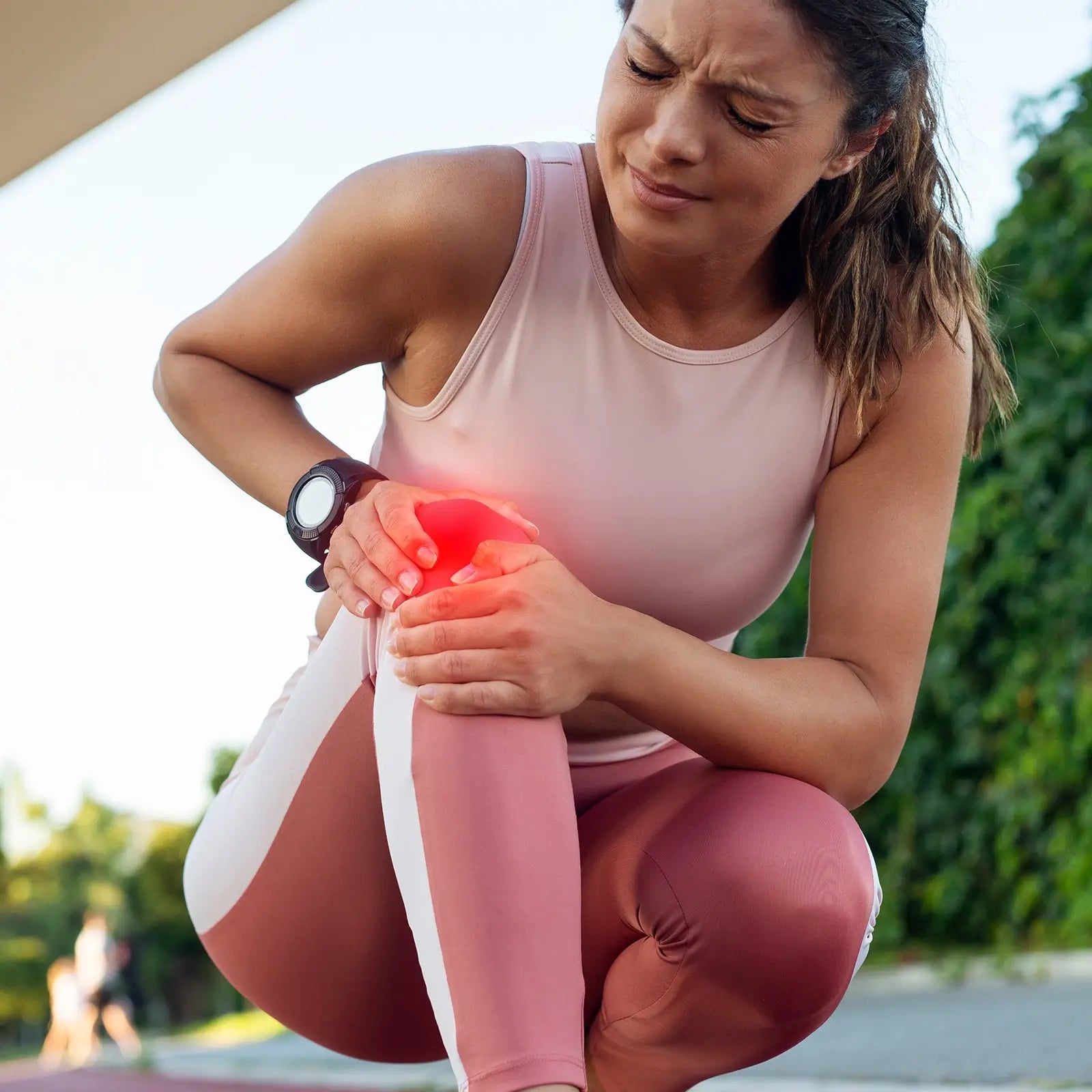
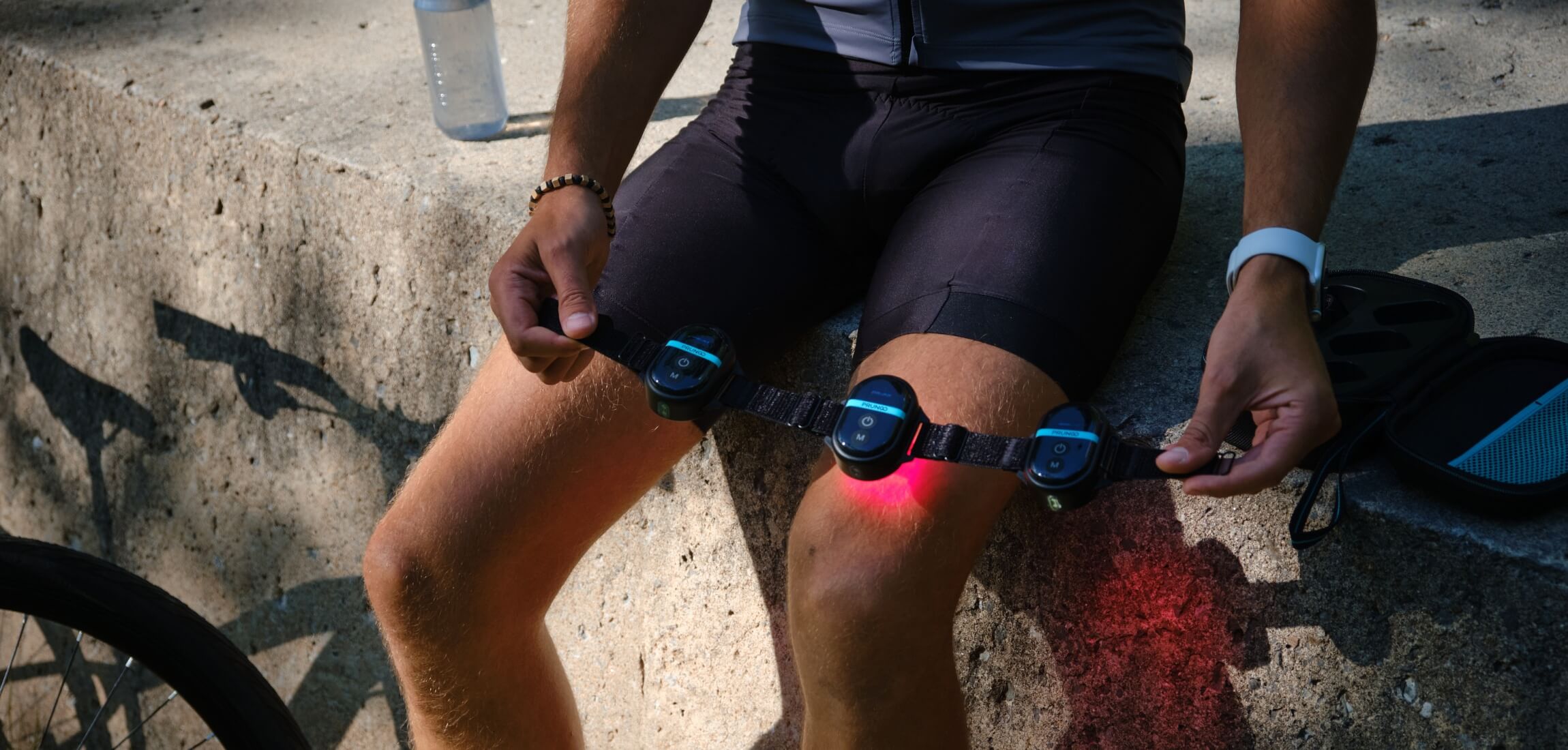
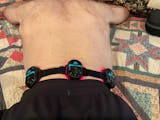
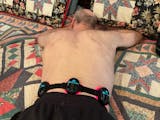









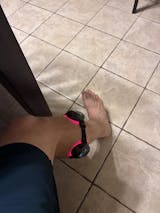
Share:
Unveiling the Therapeutic Potential of Laser Therapy for Rheumatoid Arthritis: A Comprehensive Review
The Benefits of Photobiomodulation Therapy for Chronic Non-Specific Low Back Pain